BuzzFeed used interpretive dance to describe the average age of the milestones in our lives, from birth, losing the first tooth, marriage, and death. The data points serve more as background, as a way to provide a timeline of events, and the dancing is the primary focus.
I found myself drawn to the comments on YouTube. Typically a cesspool of idiocy and more idiocy, the comment section in this case might be a good representation for how a (younger) general audience interprets averages. All of the top comments are basically, “I guess I’m not average” and “There’s no way that’s the average. [Insert comparison to self.]”
This of course is because averages are just that. They’re the sum of all individuals divided by the total population, and average values represent one aspect of a range or distribution of things.
So in the case of these average ages, most people either fall below or above instead of right in the middle.
But I digress.

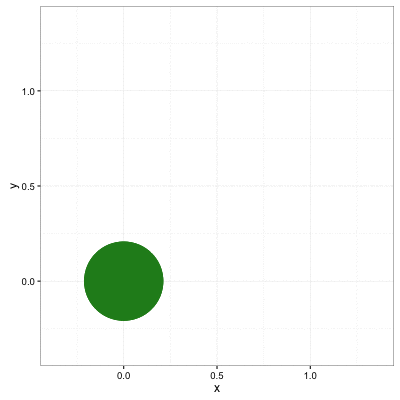
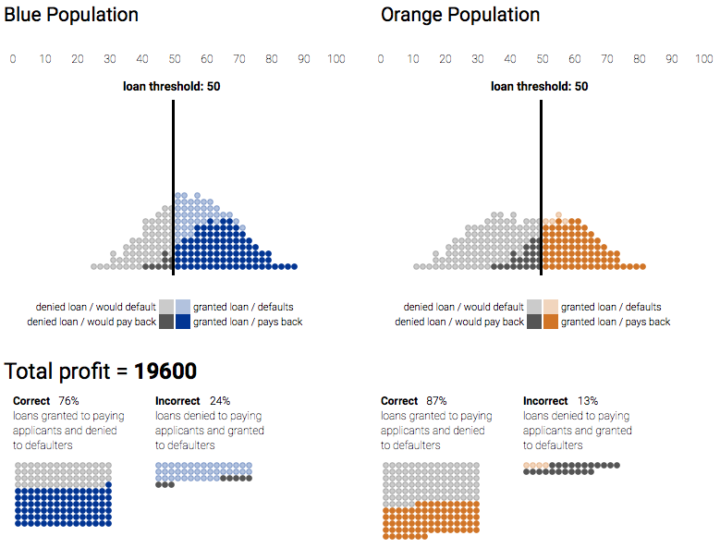
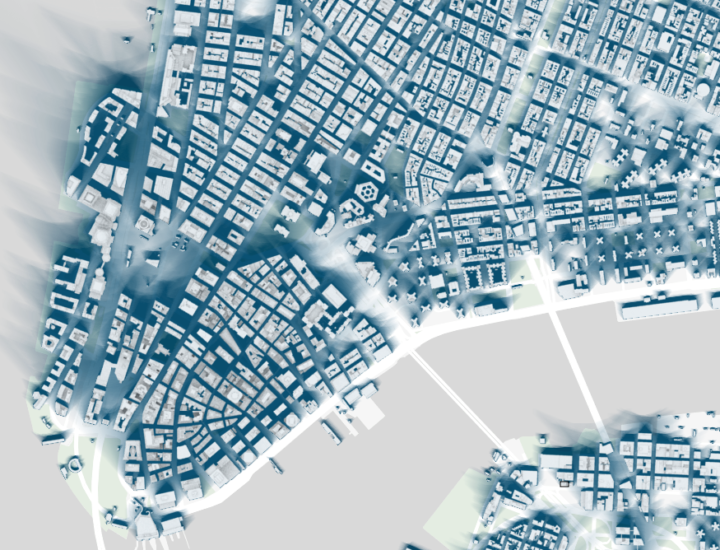

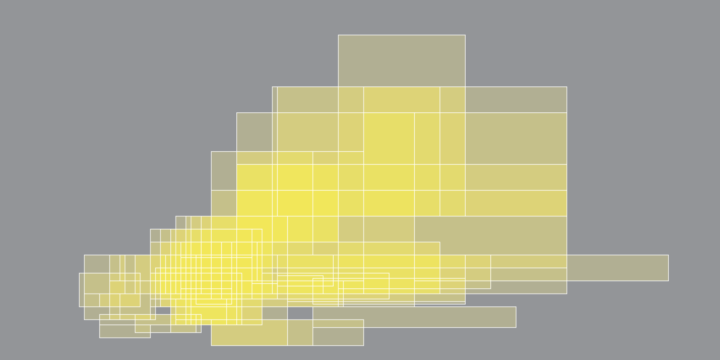
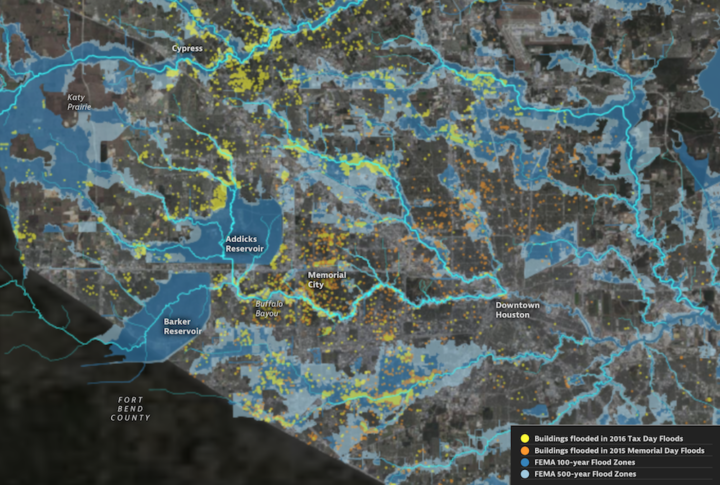
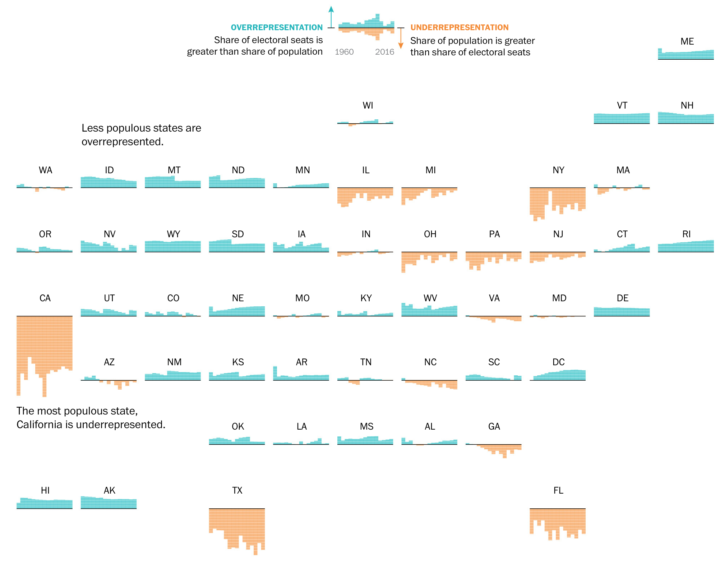
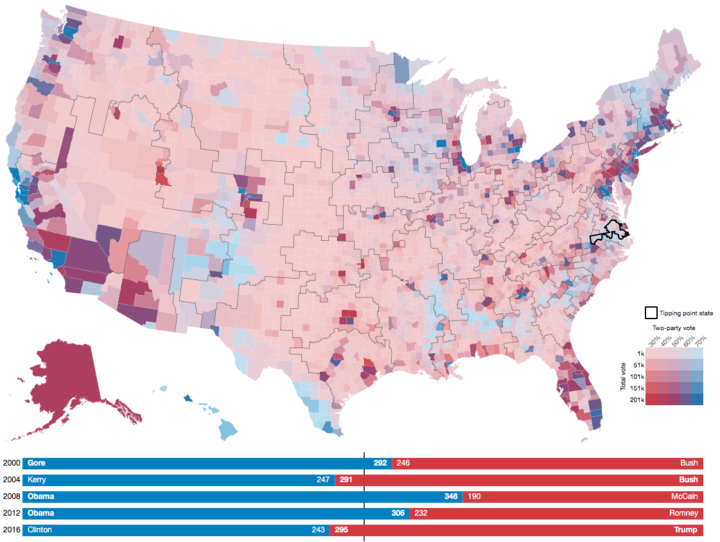
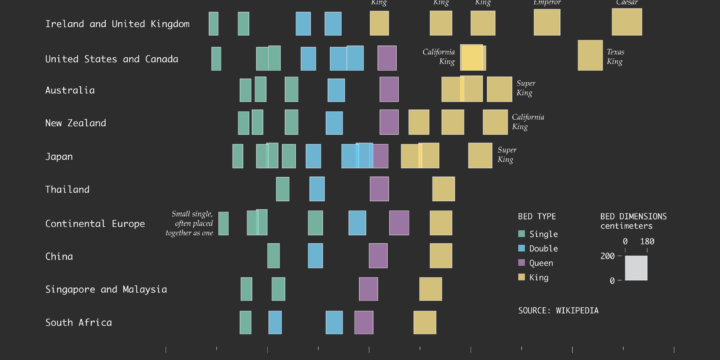

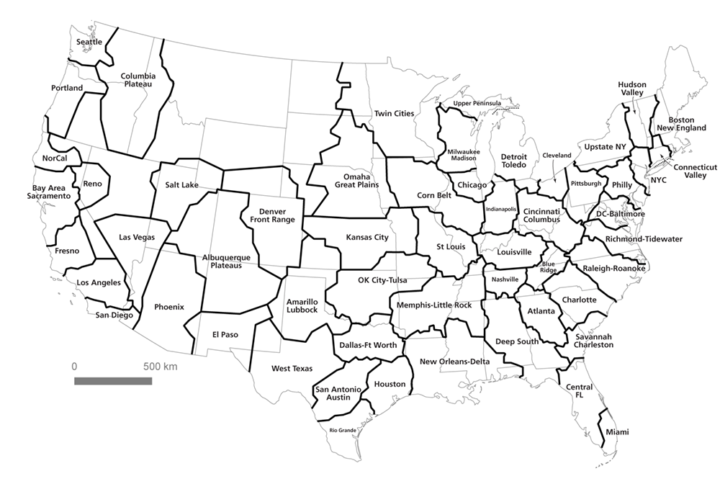
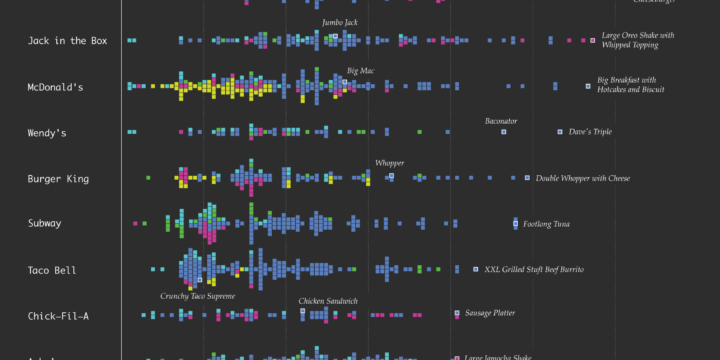


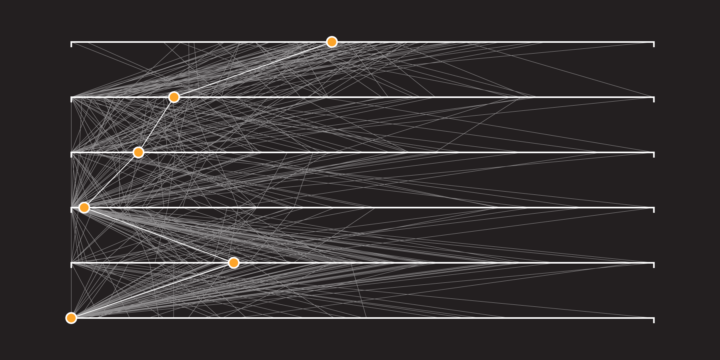
 Visualize This: The FlowingData Guide to Design, Visualization, and Statistics (2nd Edition)
Visualize This: The FlowingData Guide to Design, Visualization, and Statistics (2nd Edition)










